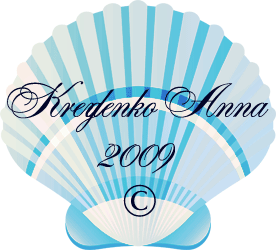Nikolai Ge
(1831-1894)

Nikolai Ge, a Russian realist painter, was born on February, 27, 1831 in Voronezh, to a Russian noble family of French origin. His grandfather emigrated to Russia in the 18th century. Ge got his education in the First Kiev Gymnasium and then he studied at the physics-mathematics department of Kiev University and then at St. Petersburg University. In 1850 he gave up his career in science and entered the Imperial Academy of Arts in St. Petersburg, where he studied art under the painter Pyotr Basin until 1857. Nikolai graduated from the academy in 1857 with a gold medal for his painting “The Witch of Endor Calling up the Spirit of the Prophet Samuel”. After that he was given a scholarship and went abroad. Ge visited Germany, Switzerland and France. Finally in 1860 Nikolai settled in Florence. In 1863 Ge painted “The Last Supper” took the painting with him to St. Petersburg. The painting (bought by Alexander II of Russia) made such a strong impression on public that Ge was made a professor of Imperial Academy of Arts. In 1864 he returned to Florence where he became a friend of the famous writer and thinker Alexander Herzen and painted his portrait. The same year he also painted landscapes, portraits and a big picture “Messengers of the Resurrection”. The new religious painting at that time was not much of a success, and the Imperial Academy refused to exhibit it in its annual exhibition. In 1870 Ge again returned to St. Petersburg there he turned to Russian history for subject matter. The painting “Peter the Great Interrogates Tsarevich Alexey at Peterhof” (1871) was a great success, but other historical paintings were met without interest. Ge took the cold response to his work very hard. He bought a small khutor in Chernigov gubernia and moved there. In 1882 in Moscow Ge got acquainted with Leo Tolstoy and painted his portrait in 1884. In the early 1880s he returned to art producing religious paintings and portraits of his contemporaries. His late paintings had sad and dramatic fate: “Quod Est Veritas? Christ and Pilate” (1890) was expelled from the exhibition; “The Judgment of the Sanhedrin: He is Guilty! “(1892) was not admitted to the annual Academy of Arts exhibition; “The Calvary (Golgotha)” (1893) remained unfinished; “The Crucifixion” (1894) was banned by Alexander III for blasphemy and so on. Ge died on his farm on June, 13, 1894.

